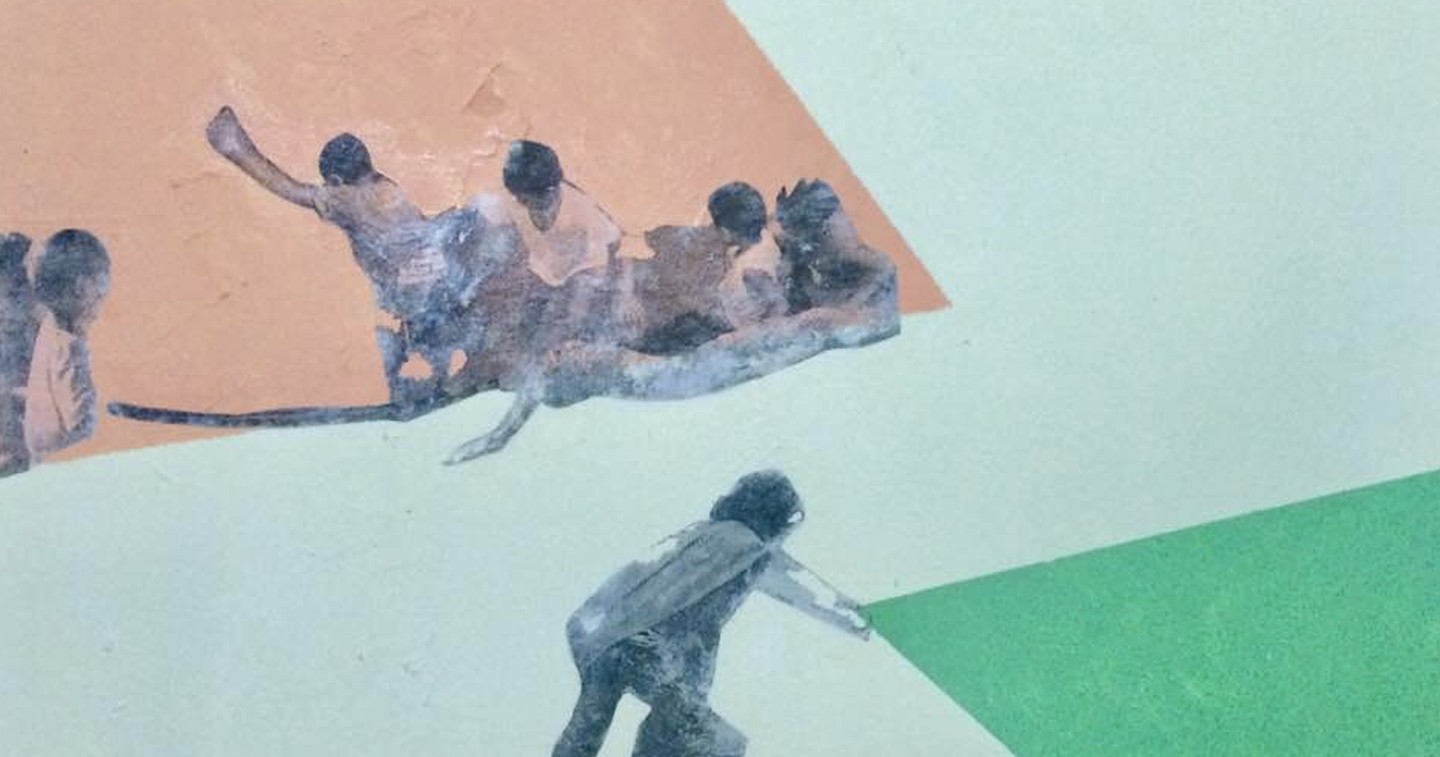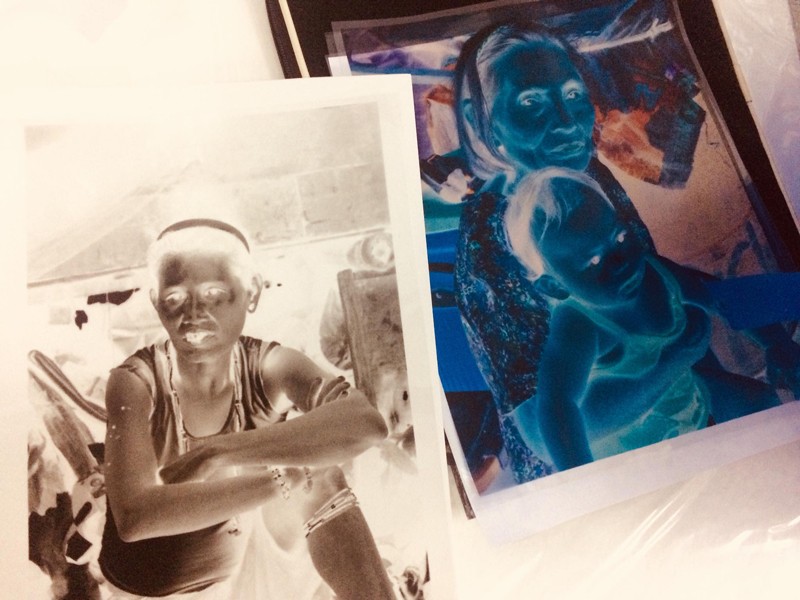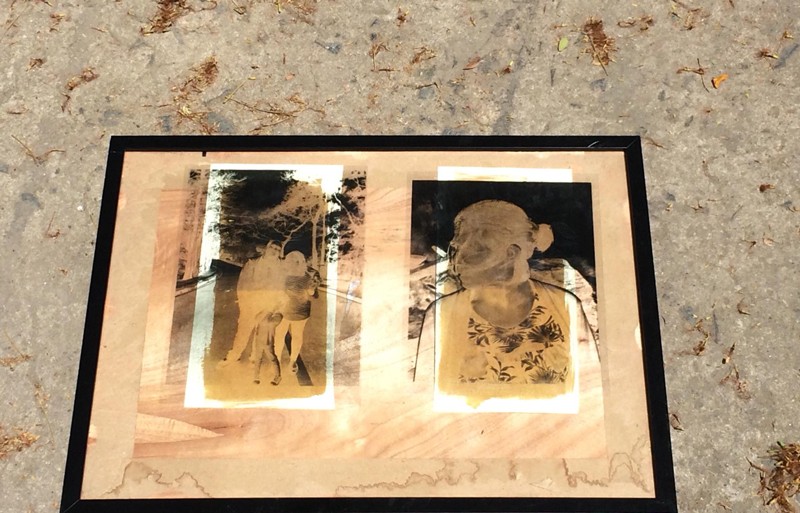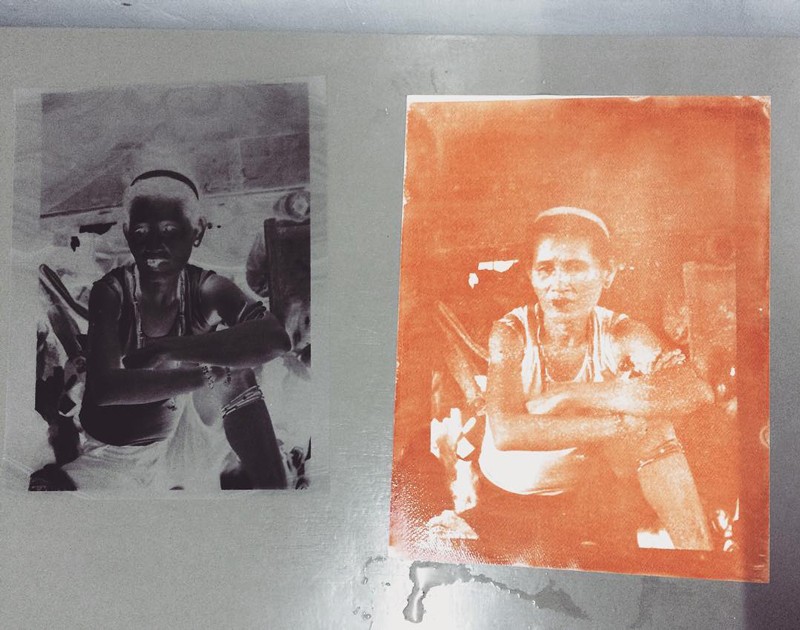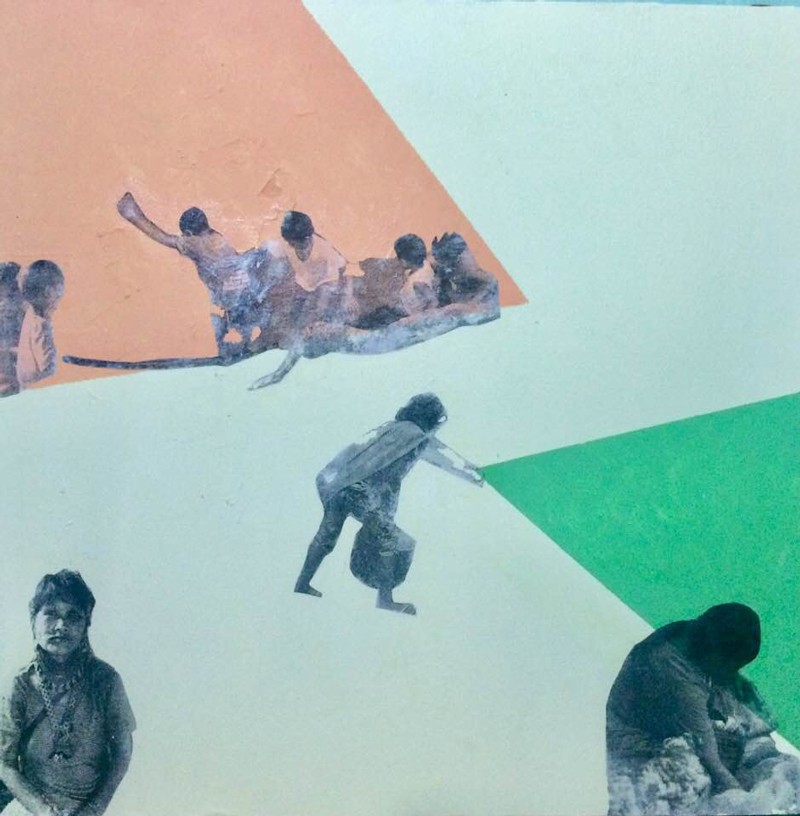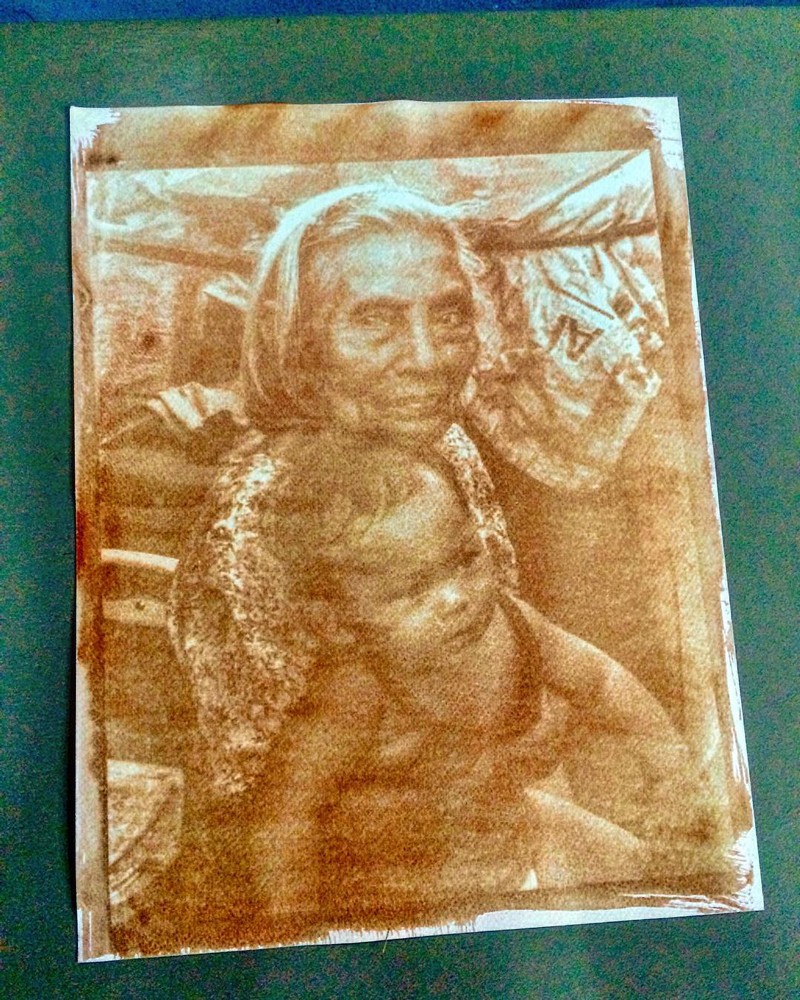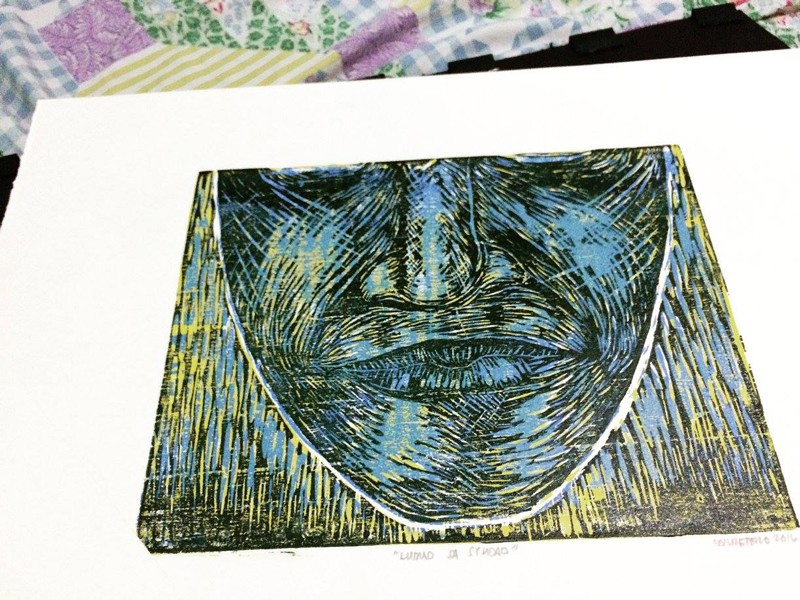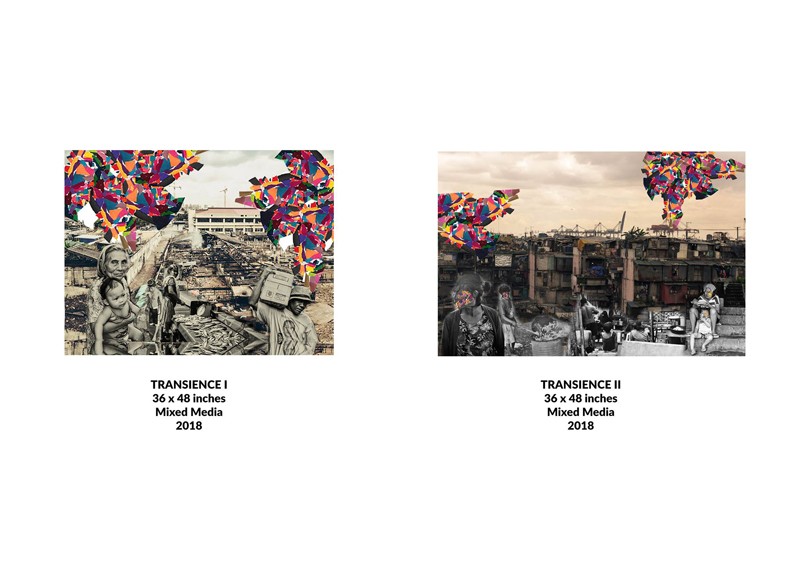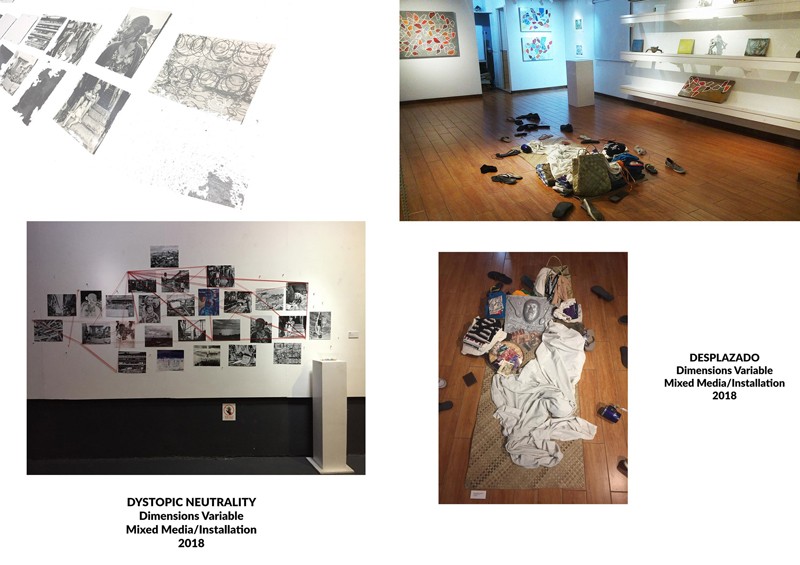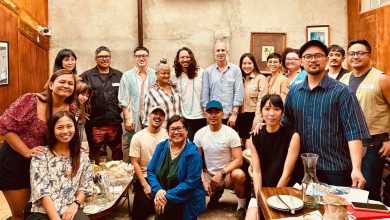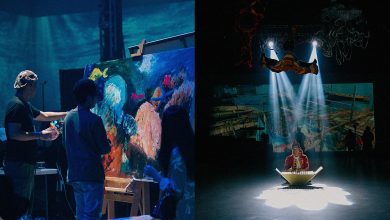SORSOGON, PHILIPPINES — Bicolano visual Artist, Geri Matthew “Choi” Carretero is reviving the art of gum bichromate printing and image transfer techniques by teaching other artists and incorporating them in their own art practice.
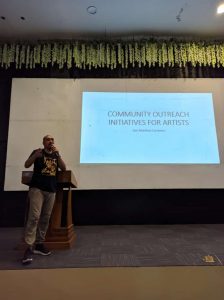
Carretero, who is one of the co-founders of the Kurit-Lagting Art Collective first introduced the gum printing process during his workshop in Photography last 2019 in the Kurit Artist’s talk and workshop in Sorsogon.
“Like many photographic methods in the past, this 19th century photographic process is a direct contact printing using a mixture of gum arabic, a sensitizer or a photo-sensitive dichromate and watercolor pigment brushed on paper and exposed to light under a large negative,” Carretero explained.
“Gum Bichromate printing involves placing a large negative directly into contact with the photographic or watercolor paper and exposing them together to light. The primary purpose of the revival of Gum printing is to teach artists especially those working in mixed media the possibility of incorporating their own techniques to create their art pieces. Right now, due to the pandemic, I am teaching this process online through our webinar series, ” he said.
Gum Bichromate printing gained popularity in the late 1800s and early 1900s. When exposed to light, the dichromate hardens the gum Arabic. In places where more light reaches the gum mixture, it hardens more, and in places where less light gets through, it hardens less. After exposure, the print is washed with water, leaving behind the hardened, pigmented gum, which forms the positive image.
“I also incorporated this process along with other image transfer techniques in my works. Some of the pieces that I made involved rubbercut, monotype, woodcut and sometimes I use Modpodge which is a special glue for transferring images directly onto a surface. A photocopy or printed image can be used by applying a thick layer of Mod Podge to the image side so that it’s completely covered. I then place it face up on a canvas or a paper board and allow it to completely dry for 24 hours. Finally, after allowing it to dry for 24 hours, I place a moist sponge on top of the paper and slowly rub away the paper. The image should then be transferred to the surface,” he added.
As a multidisciplinary artist and community development worker, Carretero has exhibited his artworks in various museums and galleries with themes about migration, displacement, and disability. His works also appeared in several arts and culture publications and websites. Through installations, photographs, and paintings, his works speak about voluntary and forced migrations of indigenous people and narrate stories about refuge, political and environmental turmoil, land and territorial struggle. He is also a member of the Concerned Artists of the Philippines and is presently finishing his Master of Fine Arts Degree at the University of the Philippines in Diliman, Quezon City.


